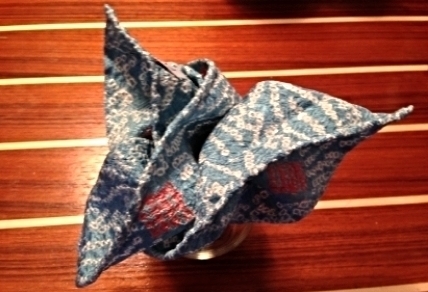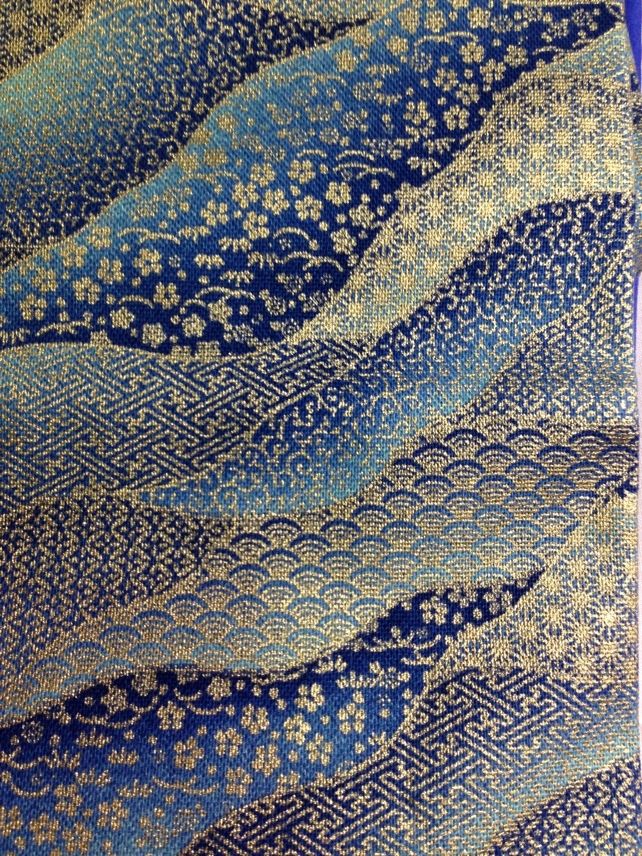The word Shibori comes from the Japanese verb root “shiboru” meaning, “to wring, squeeze, press”.
Shibori a traditional Japanese resist-dyeing technique that has been around longer than any other fabric dyeing method. It was most popular in the early Edo period when lower class people were forbidden from wearing silk. The pattern is made by binding, stitching, folding, twisting, compressing, dyeing, and then releasing the binding pressure to reveal the pattern. Each method that is used is done with harmony with the type of cloth to create beautiful surface designs. Commonly mistaken for tie-dye in the West, the original Shibori techniques were ancestral, handed down exclusively within Japanese artisan families. There are six major known Shibori techniques: Kanoko, Miura, Kumo, Nui, Arashi and Itajime. Faburiq's accessories are made from fabrics that utilize the Kanoko and Miura techniques.
Kanoko Shibori, the most popular variation of the Shibori technique and the closest to the Western Tie-Dye version, involves tying cloth to achieve the desired pattern. Each individual knot is hand-tied, creating small variations in the shapes, and is carefully released by the artisan one at a time. Most common are circular shapes achieved with this technique. Sometimes the circles are places in an irregular fashion to create an image, or more frequently, the fabric is folded into layers to create a repeating pattern. This is a time-consuming, painstaking process with beautiful, monochromatic results.
Miura is a technique that involves looping and binding. A hook and needle is used to pluck sections of the cloth and a thread is looped around each section twice, the released pattern resembles water ripples. The final pattern depends on how tightly you bind the fabric and where it is bound, making each pattern unique in itself. This is the easiest of all Shibori techniques and most commonly used.
Author: Aruña Quiroga











































































